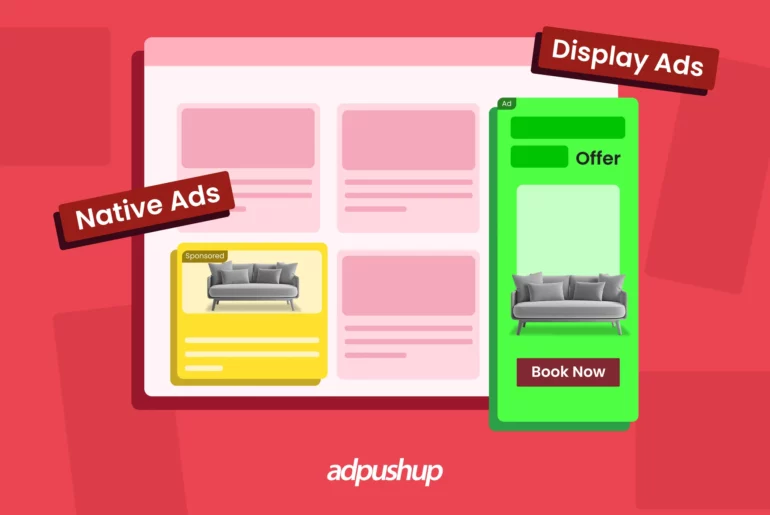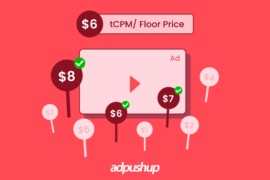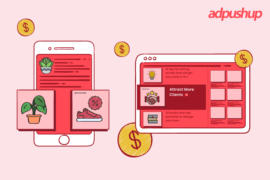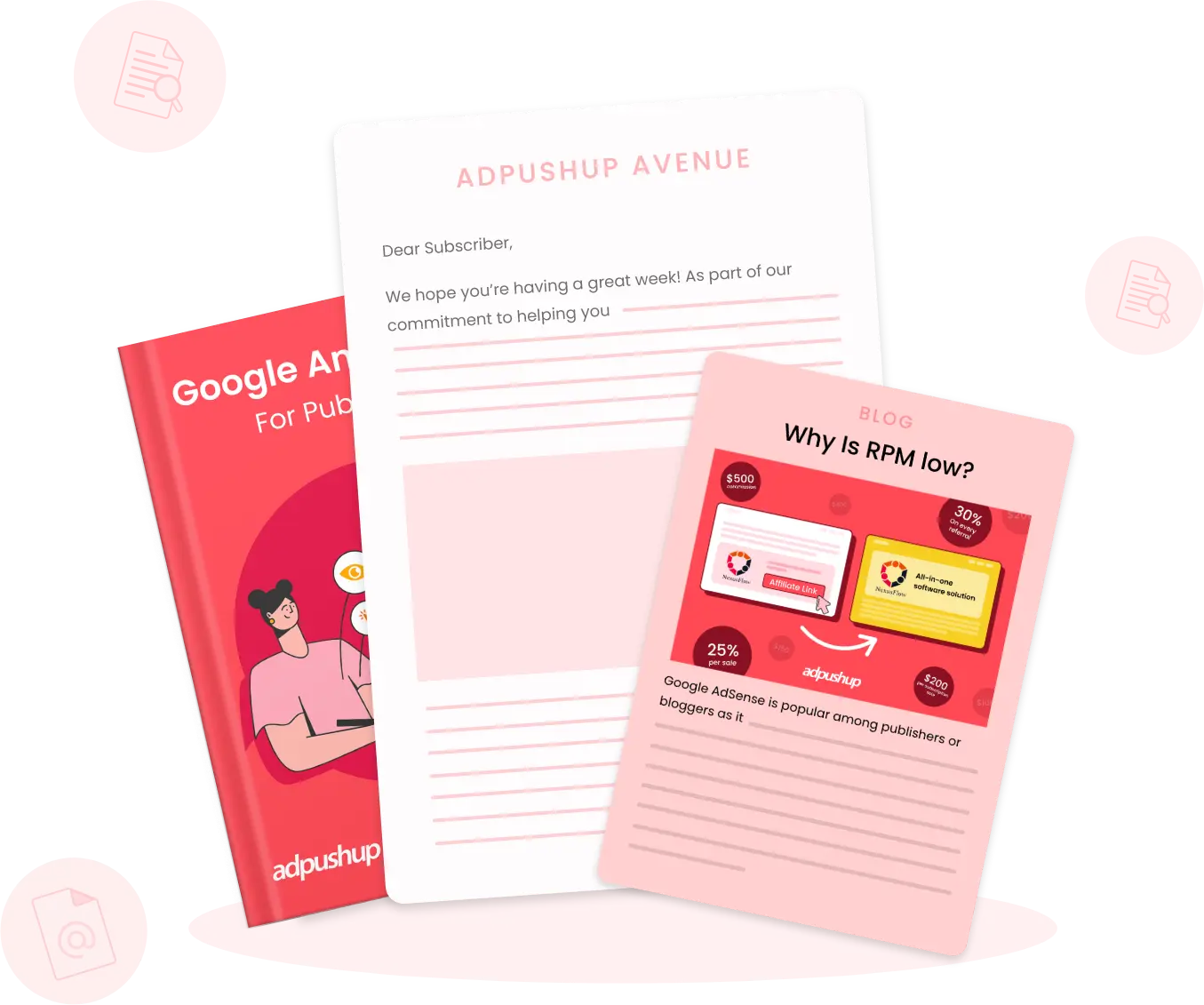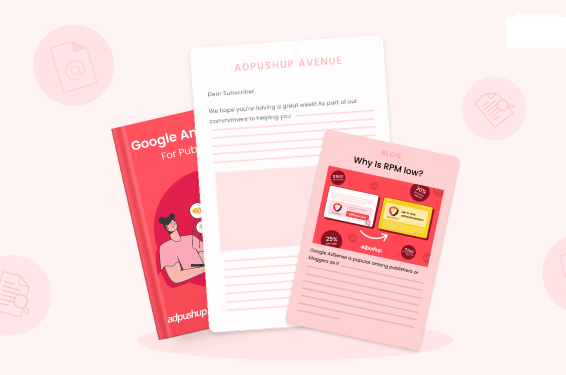Publishers have the option to serve both native and display ads to their users. While display ads are great for surface level engagement, native ads deliver a more in-depth and non-intrusive experience.
For many years, display advertising has ruled the ad market. But then, native advertising came and changed everything.
Due to its high efficiency, advertisers now opt for native ads over banner ads. However, some advertisers are still comfortable with display advertising and are not ready to switch. This leaves publishers in a position where they need to create ad space for both display and native ads. As we’ve always said, the ad tech industry is complex.
Let’s dive deep into understanding the difference between native and display ads. But before that, let’s have a glance at their key differences.
Native Ads Vs Display Ads: Key Differences
Speaking of native ads vs display ads, there are quite a few differences between the two. While one is meant to blend with the surrounding content, the other is created to stand out. Other differences include:
| Feature | Native Ads | Display Ads |
| Appearance | Blends seamlessly with content | Stands out as a distinct banner or sidebar ad |
| User Experience | Non-intrusive, organic | Can be disruptive or intrusive |
| Engagement | Higher engagement (CTR ~0.2%) | Lower engagement (CTR ~0.05%) |
| Targeting | Contextual relevance, audience-focused | Demographic, interest, and behavior targeting |
| Cost | Higher cost per click (CPC) | Lower cost per click (CPC) |
| Formats | Sponsored posts, in-feed ads, etc. | Banners, pop-ups, interstitials |
| Performance | Higher engagement but indirect ROI | Immediate visibility and trackable ROI |
| Effectiveness | Effective for driving traffic, brand trust, and content promotion | Effective for brand awareness, reach, and retargeting |
| Goal | Build trust and long-term relationships | Drive quick conversions |
Now that we have gotten an idea between their differences, let’s look at each of them in detail.
What Are Native Ads?
As the name suggests, native ads are designed to feel and appear like the original (native) content of the website. You must have seen native ads in the form of ‘suggested’ or ‘promoted’ content.
Native ads easily blend in the website content without distracting the visitors from the original content. For publishers, it reduces banner blindness and increases the chances of getting a click.
However, the downsides of native advertising include negative awareness of the original brands.
Key Features
The key features of native ads include:
- Aesthetically blend into the surrounding content by matching its feel, look, and function
- Offers high user engagement and click-through rate (CTR) by appearing non-intrusive to the users
- Mainly focuses on storytelling and subtly promotes the brand
- Offers contextual relevance to the webpage
- Discloses their sponsored status to maintain transparency with the users
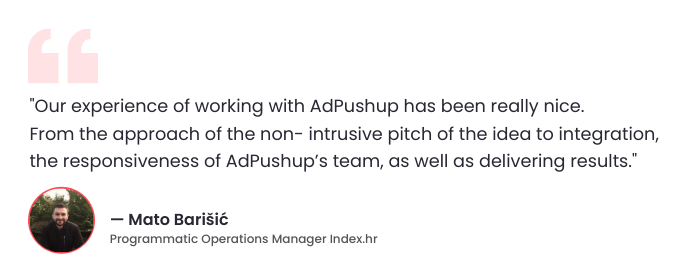
Examples of Native Ads
Now that we understand native ads, let’s look at some examples of native ads.
1. Sponsored posts on Facebook, Instagram, or LinkedIn that appear within a user’s feed.
These ads blend into the webpage’s UX to make the user browsing less disruptive.
2. Promoted articles on Buzzfeed or other sites like Outbrain or Taboola.
3. Product ads on Amazon or Etsy that appear on top of search results but look like product listings.
When to use Native Ads?
Since native ads blend with the content, making it challenging for the users to understand whether or not it’s an ad, it should be used strategically. For specific advertising goals, it can work wonders.
Publishers can utilize native ads when they have a highly engaging audience and want to retain their users. These ads also do great when the publisher doesn’t want any major impact on the website’s UX, something that can’t be avoided with display advertising.
What Are Display Ads?
When you visit any website, you see small and large ads across the web pages. These are display ads. Display ads are often referred to as banner ads and have been used for more than 2 decades now.
These ads are often placed along with the original content with the brand’s logo to get visitors’ attention. Display ads can have varied sizes, types, formats, and more.
The first display ad was a banner ad for AT&T, served by Hotwired in 1994. Since then, the advertising methods have only evolved, and the industry saw a great surge in publishers wanting to put ads on their platforms/websites.
Advertisers used text, images, audio, video, and other multimedia to make ads more impactful.
Key Features
Some key features of display ads include:
- Demarcated from the website content
- Have enticing graphics and pose a strong focus on the call-to-action (CTA)
- Easier to track along with immediate performance measurement (impressions, clicks)
- Ideal for brand awareness campaigns
- Frequently used by advertisers for retargeting users
Examples of Display Ads
Let’s look at some examples of display ads to understand how they differ from native ads.
1. Rectangular ads appear at the top or bottom of a website, like a sale banner on an e-commerce site.
2. Ads displayed in the right-hand column of a website, such as Google Display Network ads on blogs.
3. Pop-up ads prompting users to subscribe to a newsletter or explore an offer.
When to use Display Ads?
Unlike native ads, display ads appear to be different. They stand out from the content and grab the user’s attention with bold imagery, animation, or other eye-catching elements.
Display ads are ideal when the publisher’s website drives high traffic, or has started with programmatic advertising.
That being said, let’s delve deeper and understand which suits your business best.
What should you use: Display Ads or Native Ads?
The ad type displayed on your website depends on the advertiser’s campaign objectives.
Display ads are highly favored by advertisers seeking quick visibility for their brand. The ads are also highly used in remarketing or even time-sensitive campaigns as the results are instant. Hence, websites with high traffic will benefit from display ads.
On the other hand, native advertising is a more sophisticated form that seeks to build brand trust among the audience. They are deployed in ad campaigns that require high user engagement (in the form of impressions or clicks). Moreover, many advertisers use native ads in their content-focused campaigns to complement the user experience. So, if you are a publisher with premium and engaging traffic, natives ads would suit you more.
Display vs Native Advertising Statistics
Now that we have covered native ads vs display ads, let’s look at some relevant statistics to understand the market trends.
According to Sharethrough,
- Visitors look at native ads 53% more than display ads.
- 25% of visitors remembered seeing native ads, whereas, for display ads, the percentage is 20%.
- For native ads, 32% of visitors said, “an ad I would share with a friend or family member” versus 19% for display ads.
Many visitors have suggested they have no problem with ads displayed on their web pages until they hinder their ongoing tasks. This is one of the reasons why more than 70% of visitors have voted that they dislike pop-up ads.
Native ads showed an 18% and 9% increase in purchase rate and brand affinity, respectively, compared to banner ads. Also, 71% of visitors clicked on native ads and purchased the product, whereas, for display ads, 50% of visitors did.
According to The Drum, the native advertising sector will be worth $400 billion by 2025. Moreover, the US will be the largest market for native ads, growing to $139.5 billion.
Conclusion
In the end, the choice between native ads and display ads ultimately depends on the monetization goals. If a publisher seeks to utilize their high traffic volume for impressions, display ads will be the ideal ad format. However, when pursuing long-term goals like relationship building and higher user engagement, native ads will be your best bet.
Native advertising indeed offers some great benefits over display ads. But in the battle of native ads vs display ads, it’s too early to say that native advertising will consume the display ad market.
Before you leave, we’d like to do a little self plug about ourselves too. Take a look at what AdPushup does and why we’re hand-picked by Google as a certified publishing partner.
AdPushup is an ad optimization platform that works closely with publishers to increase their ad revenue. Over the years, we have helped web publishers/app developers sustainably increase their ad CTRs, CPMs, and overall revenues without compromising on UX.
Got a minute? Take a look at how we delivered a 534% ad revenue uplift in 6 Months for CCNA7. If you want to learn how our technology can do the same for you, go ahead and request a demo.
FAQs
Banner display ads are traditional ads that appear as banners or pop-ups on websites. Native ads, on the other hand, are designed to match the look and feel of the website they’re on to provide a more seamless and organic advertising experience.
It’s a type of advertisement that blends in with the surrounding content and mimics the style and format of the platform on which it is displayed to provide a more organic and less intrusive advertising experience for the viewer.
Native ads are made to appear as though they are part of the page on which they are displayed. They blend in with the website’s or app’s aesthetic and don’t look like conventional ads. On the other hand, non-native ads are clearly labeled as ads to distinguish them from the surrounding content.

